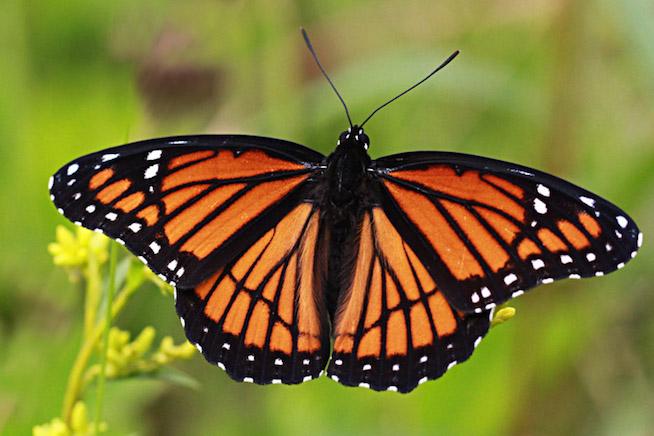
While monarch butterflies don't carry the same cache as honeybees—oft-mentioned, startlingly endangered, and possessing a profound effect on the intricacies of our ecosystem—issues like climate change and illegal deforestation have a hugely negative effect on monarch populations. And their absence is something we should worry about.
Monarchs traverse 1,200-2,800 miles across Canada and the U.S. to their final hibernation haven of the Mexican forests; their migration is considered the most evolved of any known insect. And just in case you thought this was a merry jaunt for brighter blossoms, along their journey they pollinate a plethora of plants including corn (AKA America's food staple).
Agriculture has developed to such a scale, however, that many farms are now so well "protected" by toxic herbicides that milkweed—the monarch butterfly's dominant feeding and breeding ground—has practically been erased from the map in many areas. Butterflies that do survive the trip make it to Mexico, where the World Wildlife Fund reports their numbers have hit a 20-year low thanks to rapidly-shrinking forests.
But wait! There's an orange lining. While it might take longer than we'd like, it's actually not that difficult to lend a helping hand to the recovery of these butterflies from your very own backyard. Check out the clip below from National Geographic on how to easily build your own butterfly safe haven—the resulting adorably-chubby caterpillars are well worth the effort.






